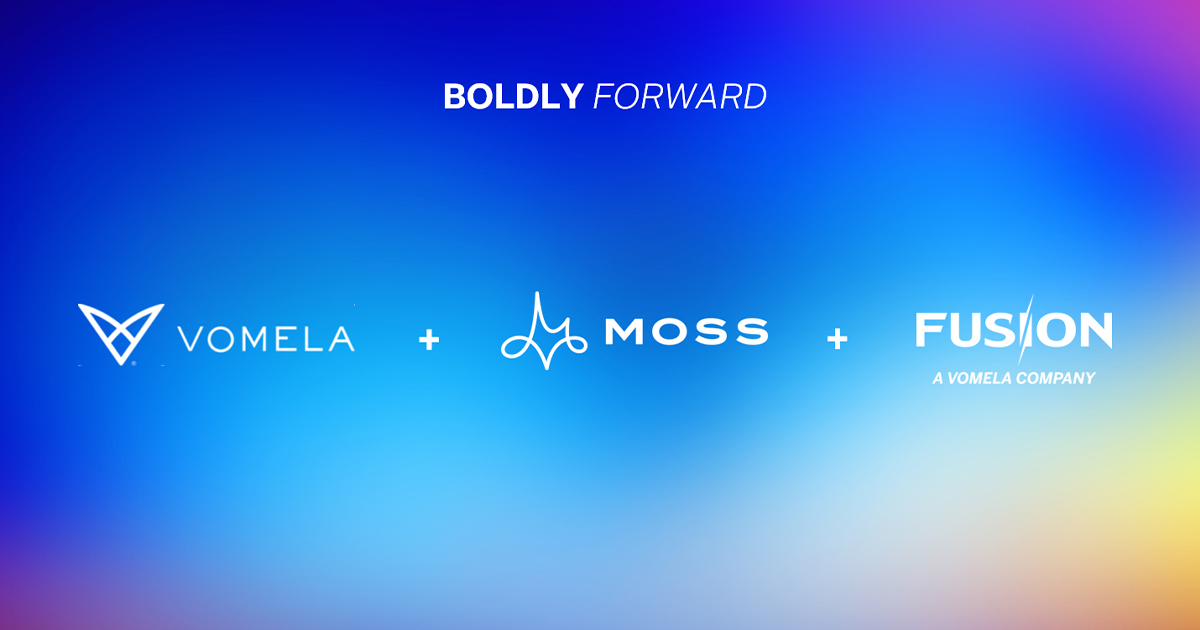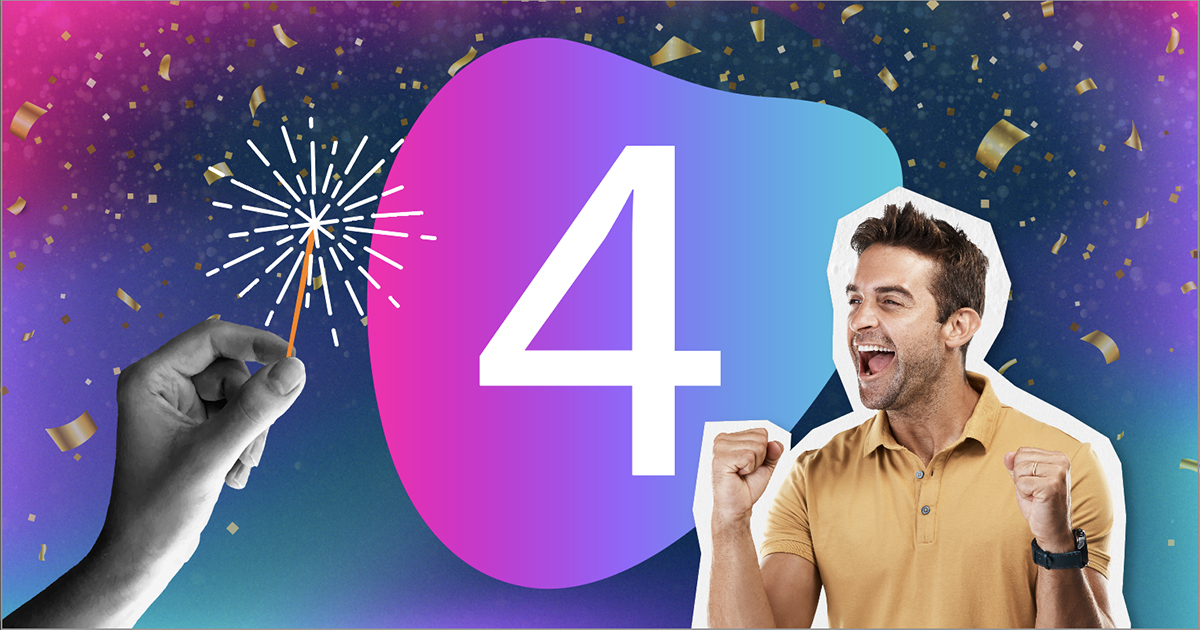
5 Ways CMOs Can Transform Marketing

If there’s a mantra for the digital age, it’s automate, automate, automate. To be sure, the ability to use computers to handle various tasks is often transformative. It slashes costs, boosts speed, and improves productivity—thus making a business more competitive.
But automation can also serve as fool’s gold. Somewhere between the promise of technology and the reality of how it plays out with customers is a disconcerting fact: automation too often equals inefficiency. It simply speeds up flawed and unsuccessful processes and compounds existing problems.
Nowhere is this more evident than on the front lines of marketing. Every day, people are inundated with emails and other messaging that falls somewhere between irrelevant and annoying. For CMOs, automation gone wrong is a mirage. It’s cheaper, faster, and seemingly an improvement. Yet, the results somehow don’t appear to bear that out.
This is no small concern. Consulting firm PwC found that 59 percent of consumers won’t do business with a company after several bad experiences. On the other hand, they’re willing to pay a 16 percent premium for products and services when a business creates a compelling customer experience.
“It’s vital to take an inventory of your tech stack and understand how to best leverage all your tools together to better connect with customers,” advised Sam Yarborough, Vice President of partnerships at PFL. “At the end of the day, it’s about people connecting to people.”
Conventional Wisdom = Conventional Results
CMOs too often ignore a couple of critical things. First, as with all technology, automation isn’t a solution, it’s an enabler. It’s only as good as the processes, workflows, systems, and data that support it. Second, technology introduces abstraction layers between a business and its customers. It’s tough to replicate a friendly shop owner who greets customers by name and asks how they are doing.
Some of the leading digital companies on the planet are endeavoring to help marketing teams deliver what they call, “exceptional experiences at every stage of the customer journey.” Quite rightly, these companies understand that everyone today expects a personalized experience when they interact with a company. People don’t have patience for generic marketing.
How can a CMO address this challenge? It’s critical to adopt a more evolved approach that revolves around a hybrid framework. This means using machines and humans optimally. It also means slowing down a bit in order to speed up. It’s necessary to determine what’s ideal for a given person and situation. This might include sending a sample, saying congratulations, picking up the telephone, or sending an apology.
What can be done? Well, here are five ways CMOs can optimize marketing and put technology to work more effectively:
Step 1: Ditch Automation, Embrace Smart Automation. Maybe, someday, artificial intelligence (AI) will get smart enough to know what to do with every person in every situation. For now, this is a pipedream. Automation without a steering wheel simply speeds up inefficiency. In other words, you can crash and burn faster.
Getting smart about automation involves knowing what can be automated and what cannot be automated (without a negative impact). Different groups—business teams, IT groups, and others—must understand what needs to happen with customers in different situations and at precise moments.
For a CMO, there’s a need to identity what makes the biggest impact. This usually includes a mix of assets and interactions rooted in both the digital and physical worlds. The goal is to take personalization and contextualization to a granular level and then tap automation triggers for the desired results.
“Take inventory of your tech stack and understand how you can best leverage all of your tools together to personalize and automate,” Yarborough suggested. For example, testing might indicate that there is a point in the audience journey at which digital engagement drops off. “This could be a great place to reengage with direct mail or reevaluate the channels you’re using,” she added.
Step 2: Know Thy Customer. It’s crucial to ask a basic question: What is the goal for any given program, initiative, or business framework? Is it simply to conduct marketing faster and cheaper? Probably not. Yet, many organizations—and CMOs—stumble down the wrong path because the marketing platform and technology define their strategy rather than helping them execute on a strategy.
What does it take to get off this treadmill? The ability to pick up signals and detect exactly where a customer is at in the buying cycle—as well as the moment she’s there—and act accordingly. For example, an individual who just spent an hour on tech support probably won’t be receptive to a sales pitch for an upgrade or a new tech solution.
Getting to a higher plane requires data—lots of data, but also the right data. As a result, it’s wise to reevaluate the marketing systems in place, including how your CRM platform and analytics tools work, and focus on aligning the needs and desires of customers with a marketing framework that detects signals accurately and makes it possible to deliver the right message at the right time—in the right form.
Said Yarborough: “As you approach one-to-one, it’s crucial to have some element that can be personalized by sales. This might include a print-on-demand card delivered in a pre-approved mail package or something else that addresses a need or pain point. It might include a phone call or a LinkedIn message.”
Step 3: Break Down the Silos. Even the best strategy and framework will fail if an organization is not in lockstep. It’s critical to avoid systems that create more “barriers than entry points,” Yarborough noted. Today, omnichannel isn’t sufficient to address the needs and desires of customers. Instead, organizations must evolve to dynamic-channel. This means that data flows through the organization to the point at which it’s needed at any given moment.
Of course, the cloud makes it possible to move data across systems and channels quickly. And make no mistake, sharing data and achieving a single view of the customer is essential. But dynamic-channel goes further. If an organization can achieve data singularity—meaning that everything and everyone is connected in real time—new marketing vistas open up and personas fill out.
Suddenly, it’s possible to anticipate a customer’s needs based on various signals. For example, a set of behaviors could lead to sending a customer a product sample, or a salesperson picking up the phone and talking to the customer. This capability floats free of departments and silos. Suddenly, marketing, sales, support, and others are working in harmony to address customer needs, desires, and requirements as they arise.
Step 4: Think Human. Because technology introduces abstraction layers between a business and its customers, it’s incredibly easy to hit desired metrics yet stumble. That’s because it’s impossible to automate relationships. Even with world-class automation capabilities, there’s a need to think and act human.
What exactly does this mean? People desire the convenience of technology, but they also want to be treated as a person rather than just a revenue source. Things that appeal to people in the physical world are just as relevant in the digital world. This includes making them happy, respecting their time, honoring the relationship, and serving up experiences that elevate the brand.
This can take the form of a colorful brochure, a product sample, a coupon or gift, or a phone call from a human being to say, “thank you” or “how can I address your problem?” It’s also involves using technology to automate rote processes but knowing when to hand the task over to a human. In some cases, it involves knowing how a customer prefers to interact in different moments and scenarios.
Step 5: Make Customer Experience Your Mantra. When all the dots connect and a business is in sync internally as well as with its customers, transcendent capabilities take hold. Suddenly, a business can deliver the right message or response at the right time, and in the right place. It’s possible to delight customers and build brand affinity. Regardless of the business, it’s also wise to reward loyal customers with a promotion or gift. Too often they are ignored in the pursuit of new customers.
Customer connections must also extend into user experience (UX) and the user interface (UI). Ideally, a person can pick up one device, start learning about a product or service, and seamlessly go to another device. In the best of all worlds, this hybrid digital and physical experience transcends what’s possible in each separate space. Ultimately, the sum is greater than the individual parts.
Ultimately, Yarborough pointed out, “people buy from people, not from computers or brands. It’s critical to connect with humans.”
Dynamic Wins
To be sure, digital technology is a double-edged sword. It makes it possible to do things that were once unimaginable. Yet, an over-dependence on automation sabotages a business. It puts the company before the customer and generates noise and distraction that actually pushes customers away. Savvy CMOs understand that it’s critical to avoid automation gone wrong. A dynamic hybrid marketing and business framework is the ticket to success.
Samuel Greengard writes about business and technology. His latest book is “The Internet of Things” (MIT Press, 2021).



